Producers
-
Description:
Thank you to importer Louis/Dressner for this Texier profile:
(Click here for more on Texier from Louis/Dressner and here for the winery's new website!)
It is no exaggeration that Eric Texier is one of the most important people we have come to know in our 30+ years of wine importing. Not important in a boisterous or regal sense, but rather from an evolutionary perspective. People like Eric and his wife Laurence helped us discover that mutual respect, growth and friendship were possible in this line of work, that a "business relationship" could shape philosophies, world views, values and even our senses of humor! For this we are grateful.
A Bordeaux native who has lived in or around Lyon since 1979, Eric is a jovial, energetic and fun-loving person who wants his wines to make their drinkers happy. But he is also a boundary pusher, endlessly questioning his own work (and, let's be honest, that of others) for the sake of moving viticulture and winemaking forward.
Eric is a trailblazer, putting all the but extinct regions of Brézème and Saint Julien en Saint Alban on the map. He experiments with concepts you rarely if ever hear about elsewhere: finding acidity in Marsanne through anforas, not working the soil in favor of cover crops, "infusion" macerations, working on his own grafts, rediscovering forgotten grapes adaptable to the very real threat of climate change...
Strongly opinionated, he is not afraid to ruffle feathers or call people out on their bullsheeeeet in his heavily accented but perfect English. And since Eric always backs his claims with serious research, careful thought and true care for the subject matter, you'd best think twice before writing him off. I mean, the guy used to be a nuclear engineer!
Having said that, Eric loves to learn and exchange. And can even admit when he's wrong! One of the things we are most proud of here at LDM is the cross-pollination of growers we work with: growers who've befriended each other, talked shop for hours and drawn inspiration from each other's know-how and techniques. Eric truly is the poster child and "the glue" of so many of these friendships.
He originally became a winemaker after a first career as an engineer in the nuclear industry and without any family background in vines or wines. As such, his goals and methods developed not so much from his years of schooling, but from his readings, his visiting winemakers around the world, and working in Burgundy with Jean-Marie Guffens at Verget.
After giving up the idea of buying vineyards, which was too costly a proposition for a beginner with his ambitions, he started a small négoce where he selected particularly interesting vineyard plots worked by the sincere, hard-working farmers who grew the healthy grapes he wanted to buy and vinify. He rediscovered nearly forgotten areas of ancient fame, like Brézème in the northern Côtes-du-Rhône, and nurtured relationships with people who tend their vines with passion and care. Over the years, the shift from négociant to vigneron has occurred, and today Eric owns and rents the vast majority of the vines that go into his production. He has also replanted several hectares in Brézème and in Saint-Julien en Saint-Alban with Syrah and Roussanne.
In his purely négoce days, Eric was producing 30 different wines from 10 different origins, mostly but not limited to the Northern Rhône. As a land owner and vigneron, he produces 12 different wines from four different origins, with the Côte Rotie, Rasteau and Châteauneuf du Pape the only remaining cuvées made with purchased fruit.
The wines are vinified in their areas of production, which means a lot of time management and traveling at the time of harvest. When they have obtained their AOC, the young wines are transported to Charnay-en-Beaujolais, just north of Lyon, where Eric lives and owns a wonderful élevage cellar. This beautiful underground, vaulted cellar was built in the 16th century, and temperatures stay cool and stable through the year.
Like all good winemakers, Eric strongly believes that wines are made in the vineyard, and that his work, after the harvest, consists in following the lead of the vintage and accompanying the wines so they fulfill their potential. Exact steps in vinification vary according to the varietals, terroirs and vintages, but the goal is always to provide the grapes, musts and wines with the best environment and to intervene as little as possible.
His techniques for white wines include sorting in the vines and at the winery, whole clusters pressed in a vertical press (that’s the old fashioned wood kind), no added yeasts, barrel, concrete and ceramic fermentation (no new wood), aging on fine lees, malolactic fermentation for all the wines, minimal use of SO2 at bottling only, no pump-overs, fining and filtration only when absolutely necessary.
For his red wines, he does the same sorting at harvest, no destemming most of the time, bringing the grapes to the press by conveyor belts, cold maceration under a CO2 blanket for aromatic extraction, natural yeasts, very little to no extraction during maceration and fermentation. The temperatures are controlled not to exceed 34 degrees C (93F), aging is done mostly in concrete, old foudres and demi-muids of 450L, no filtration and egg white fining only when necessary.
Image: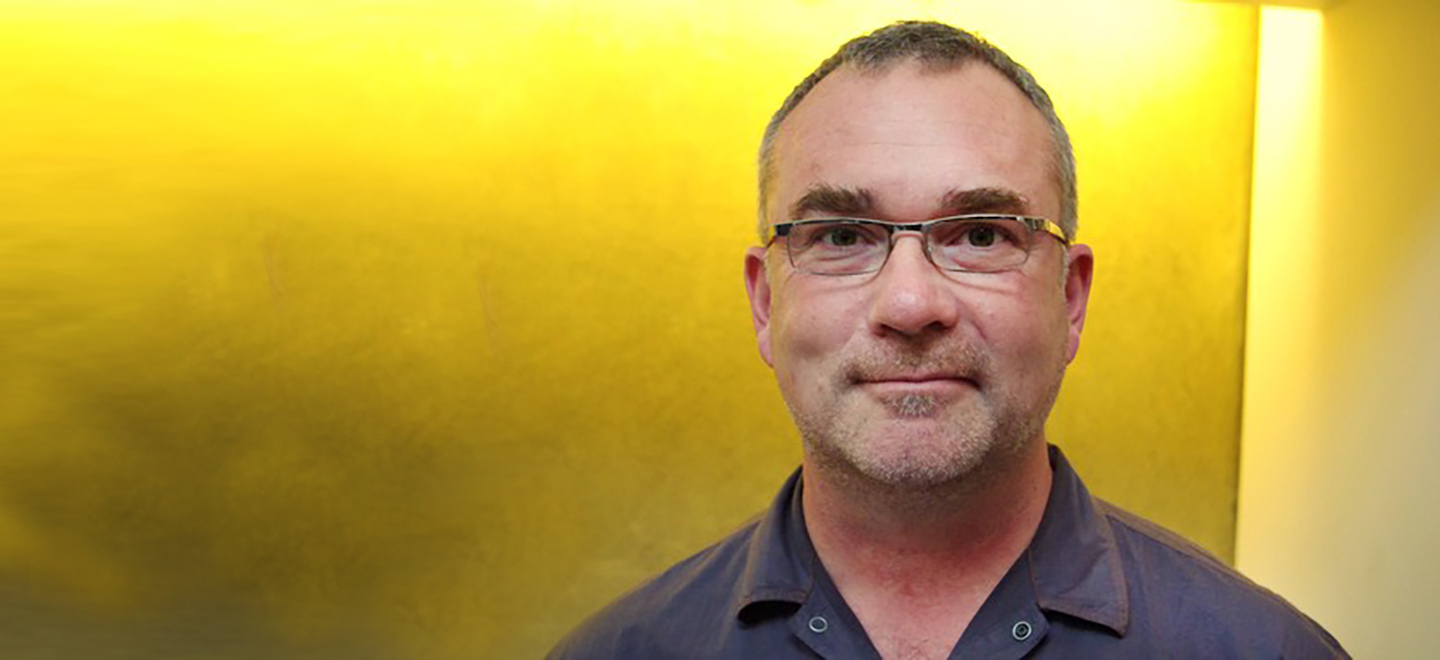 Region:
Region: -
Description:
John Donaghue was working as a skyscraper building engineer in San Francisco when he found his way into wine. Like several other of our wineries, he got his start when he got mixed up with Gideon Beinstock of Clos Saron. He remained working at Clos Saron for several years, working closely with Gideon and learning every aspect of winemaking , from the vineyard to the bottle.
In 2011 he produced his first cuvée, a dense, structured blend of Merlot and Cabernet Sauvignon from North Yuba County. Gideon’s influence was evident in this and subsequent releases, however John’s wines reflect a different style and expression. Using similar low-intervention techniques, neutral oak, and native fermentations, the wines of Thee & Thou are complex, balanced, and lively, with the structure and acid to age for years to come.
Since his beginnings in Yuba, John has gone on to explore other regions such as Lodi, seeking out old vines and great fruit from a variety of terroirs. While the individual expressions are unique and ever changing, John’s careful work remains the same.
Image: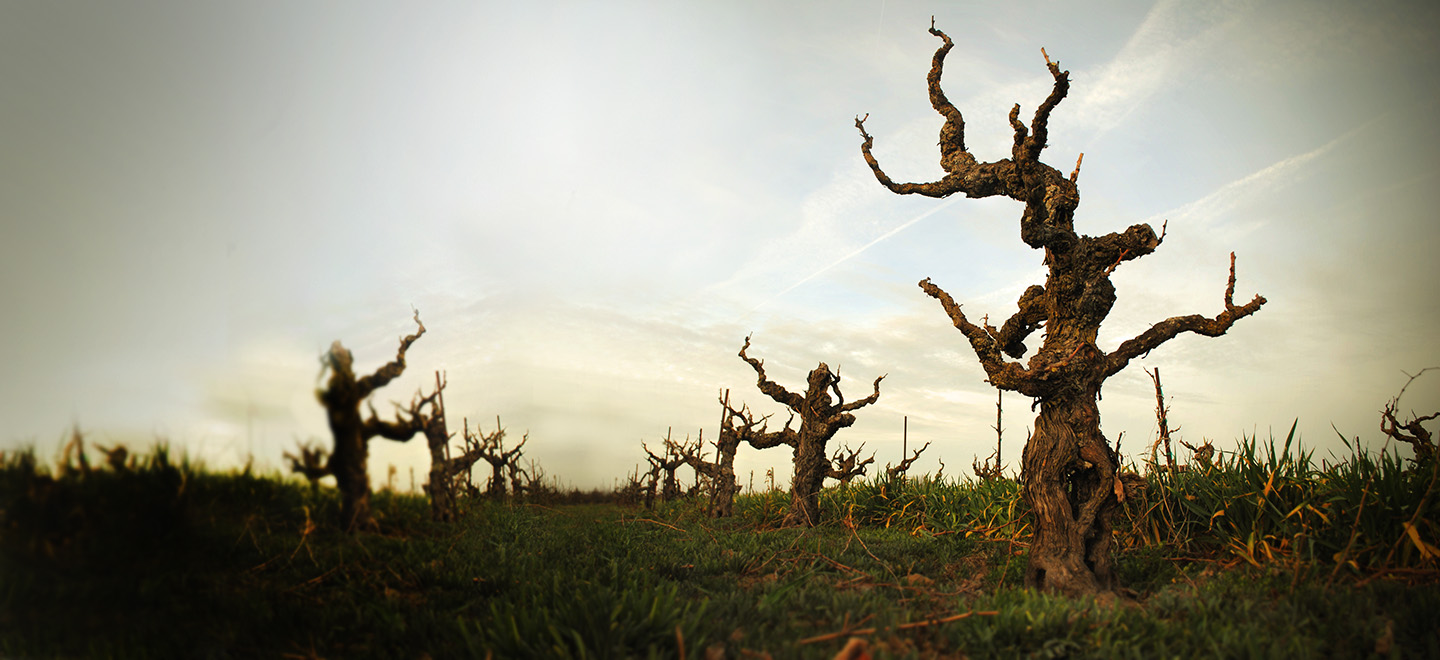 Region:
Region: -
Description:
The Thevenet family’s wines were one of Joe Dressner's and Denyse Louis's first imports: they tasted there in 1987 with Jean Thevenet and were smitten with his unusually rich, complex white Burgundies. His son Gautier has long since taken over the production of three different Viré-Clissé wines from three different properties in the appellation: the original Domaine de la Bongran (family owned), Domaine de Roally (family owned) and Domaine Emilian Gillet (long-term lease). The heart of the estate is Bongran, which lies on a limestone ridge overlooking the Saone River and which Jean’s father began piecing together after World War I. It consists entirely of old Chardonnay clones on chalky, clay-rich marl soils, farmed organically and meticulously by hand. The name "Bongran" has been attributed to a couple of different sources, but Jean's research revealed it to be a reference to a priest by the name of Bongran who once owned some of the vines.
Gautier has stayed true to his father’s and grandfather's winemaking practices, which have long distinguished Bongran wines from all other Viré-Clissé producers: later harvest and thus greater ripeness of the fruit with touches of botrytis at times; minimal intervention in the cellar, including a very slow pressing, lengthy settling and a slow, spontaneous fermentation lasting up to two years; and years of bottle-aging in the cellar before release. Domaine de la Bongran bottles only one wine, a uniquely old-fashioned Viré- Clessé that always has some residual sugar, a result of the hands-off Thevenet approach. The wine does not drink sweet, but rather possesses an extraordinary richness of flavor and texture along with its characteristic firm acidity and minerality. It is unmistakably Burgundian. The concept of any sweetness in a white Burgundy may sound unusual, and today it is—but according to Jean back when and Gautier today, the RS is a distinct part of the expression of their terroir.
Domaine de Roally is a separate property and wine from the Bongran home base. The original proprietor of Roally was Henri Goyard, an old schoolmate of Jean's and a similarly minded vigneron. When Henri decided to retire after the 2000 vintage, Jean purchased the estate and had his son Gautier take it over. The vines are farmed and the wines made identically to those of Bongran. The main difference is that Roally Viré-Clessé is aged for "only" two years in bottle before release versus four years for the Bongran. Neither wine ever sees any wood for fermentation or aging.
The third of the Thevenet Viré Clessé wines is Domaine Emilian Gillet, created decades ago but historically not imported by Louis/Dressner until quite recently. Per Jean Thevenet back in 2012: “Emillian Gillet is an estate I founded in 1988 with vines that have always been rented. Legislation is extremely complicated in France, and it was actually easier to create an entirely new, separate estate than to expand Bongran...The name Gillet is that of my ancestors.”
An historical note: when the Viré-Clessé AOC was created in 1999, the regulations permitted up to 3 grams only of residual sugar. Thus the Thevenet wines did not qualify for the appellation and were classified as Mâcon-Villages. But the sweltering 2003 vintage led to the entire region's ending up with RS in their finished wines, which in turn led to the loosening of the restrictions; suddenly, Bongran and Roally made the Viré-Clessé cut. And the rest is Thevenet history.
Image: Region:
Region: -
Description:
Thank you to importer Louis/Dressner for this profile:
(Click here to learn more about Labaille on the Louis/Dressner website)
Years ago, we visited an old vigneron in Chavignol who had made fabulous Sancerre before his retirement, from old-vine vineyards in Monts Damnés (Sancerre's greatest vineyard site), with élèvage in old foudres and unfiltered bottlings. We asked him who continued to work in that style and he said "Cotat, and my friend Claude."
One thing led to another and we were off to meet Claude Thomas, who was busy pruning his vines in the rain. His wife dragged him into his cellar where he stripped off mud-caked boots and served us several vintages. Thomas was then 73, and wished to retire, but he was holding on in the hope that his daughter and son-in-law would take over. This finally happened when Jean-Paul Labaille, his son-in-law, quit his civil servant job and became a full-time vigneron (for the previous ten vintages, he had taken his vacation during the harvest to be the assistant winemaker to Claude Thomas).
Only minimal changes have occurred. The vineyards remain among the best in Chavignol, with a large proportion of old vines. The old barrels are not in use any more, but the vineyard and cellar work still follow the same time-honored techniques. The Monts Damnés plot is too steep a slope to ever consider machine harvesting, which is now the norm in the appellation, and it requires intensive, non-mechanized vineyard work, but this site is worth the trouble: drainage and exposure are excellen,t and ensure the best ripeness for the vintage. Labaille has somewhat tidied up Thomas' facilities, which used to be in sharp contrast to most cellars in the area; instead of a hyper-hygienic room, with wall-to-wall tiled floors and stainless-steel vats, his was a Burgundian type of cellar. Some cuvées still age in large concrete vats, others in stainless steel, and the oak barrels have been re-placed by newer ones, mostly second-hand, 2 to 3 years old, not in order to impart any oaky character to the wine, but to let it breathe and evolve slowly on its lees.The resulting wine is sensational: rich, fat, round, with layered aromas, a subtle nose and a long finish. Not a typical bistro Sancerre, but a graceful wine meant for aging and pleasure.
Image: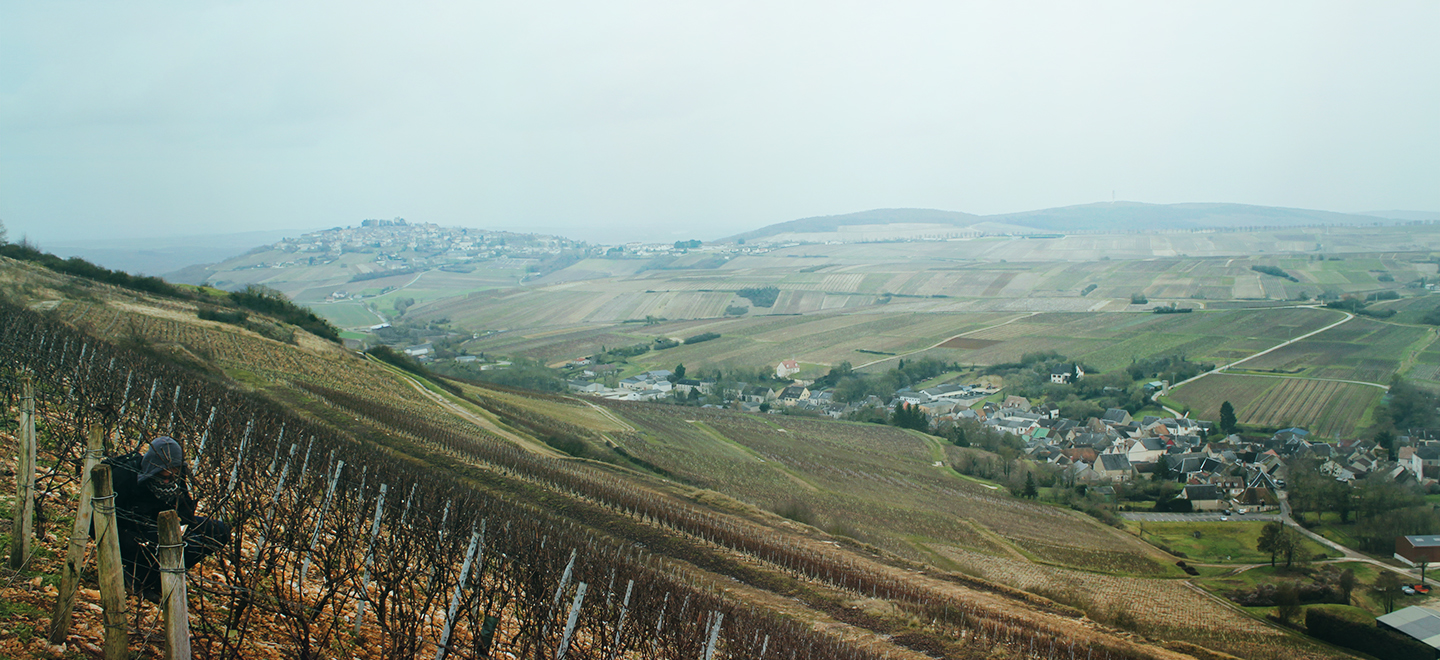 Region:
Region: -
Description:
Our exciting new addition to the Bowler portfolio! Weingut Thörle is a 16th century estate (1517) in the village of Saulheim in the bullseye center of the Rheinhessen. Since 2006 it has been under the ownership of brothers Christoph and Johannes Thörle who manage 19ha in three grand cru vineyards: Saulheimer Hölle, Saulheimer Schlossberg, and Saulheimer Probstey. The soils are a mix of calcareous limestone and clay with loess top soils. They farm organically here, DE certified as of 2022, growing Riesling, Silvaner, and Spätburgunder (Pinot Noir) with a smattering of French grapes like Chardonnay and Sauvignon Blanc. Vinifications are primarily in small French barrels. Their dry Rieslings are firm and commanding, ripe-fruited yet precise as needlepoint in their minerality. As far as the wine world is concerned, however, this is one of the greatest Pinot Noir estates in Germany. Their grand crus are opulent, terroir-expressive and beautifully balanced. Their village and estate wines are rippling with black fruit and satin-textured in a style unlike other German Pinots we have tasted. They are wines of confidence and ambition. We are proud to represent them nationally at Bowler!
Image: Region:
Region: -
Description:
With the wines of the Canary Islands now firmly established in restaurants and shops across the US, it is always refreshing to see the work of new wineries pop up in the scene. Next to the most recognizable names from the Islands we are slowly seeing the emergence of a new generation of growers exploring the varied and multi-faceted terroirs of the Archipelago.
Loreto Pancorbo and Gabriel Morales from Tierra Fundida (Molten Earth) are such growers. Living and making wine out of their house-cum-winery deep into the country in Tenerife, they started their label in 2017, after years of working in more conventional wineries. The motivation to start their own label and build their own winery came naturally. The family (they have three young children) tries to be self-sufficient, living as sustainably as possible, taking advantage of their large vegetable garden and the animals they raise, striving for independence. It is this same spirit that they bring to their work at Tierra Fundida.
Their wines come from six different vineyards spread around 7 hectares in the zones of Tacoronte, and Los Realejos (in the Orotava Valley). The 5 hectares in Tacoronte (where the majority of their red varieties come from) have historically been farmed organically but they are quickly introducing biodynamic practices, treating the soils not only with the 500 preparation, but using Maria Thun’s preparation, trying different tea infusions, and plants to enrich the land.
The whites come from two vineyards in Orotava, where temperatures are typically lower during the maturation period. There they are experimenting with different cover crops, feeling the difference between what they planted versus the spontaneous cover crops.
Their tiny production of 10,000 bottles is handled artisanally. There is no machinery in the winery, the racking is done by gravity, and the wines are made from whole clusters, except for one white that is de-stemmed manually. The wines are made in concrete and uncoated clay amphorae (to minimize the reductive quality of so many wines from the area), as well as old wood and even demijohns.
After so many years working with the oldest and most traditional wineries of the Canaries, we at BOWLER are happy to see the evolution of the wines in the region and welcome the progressive work of Loreto and Gabriel with wide open arms.
Image: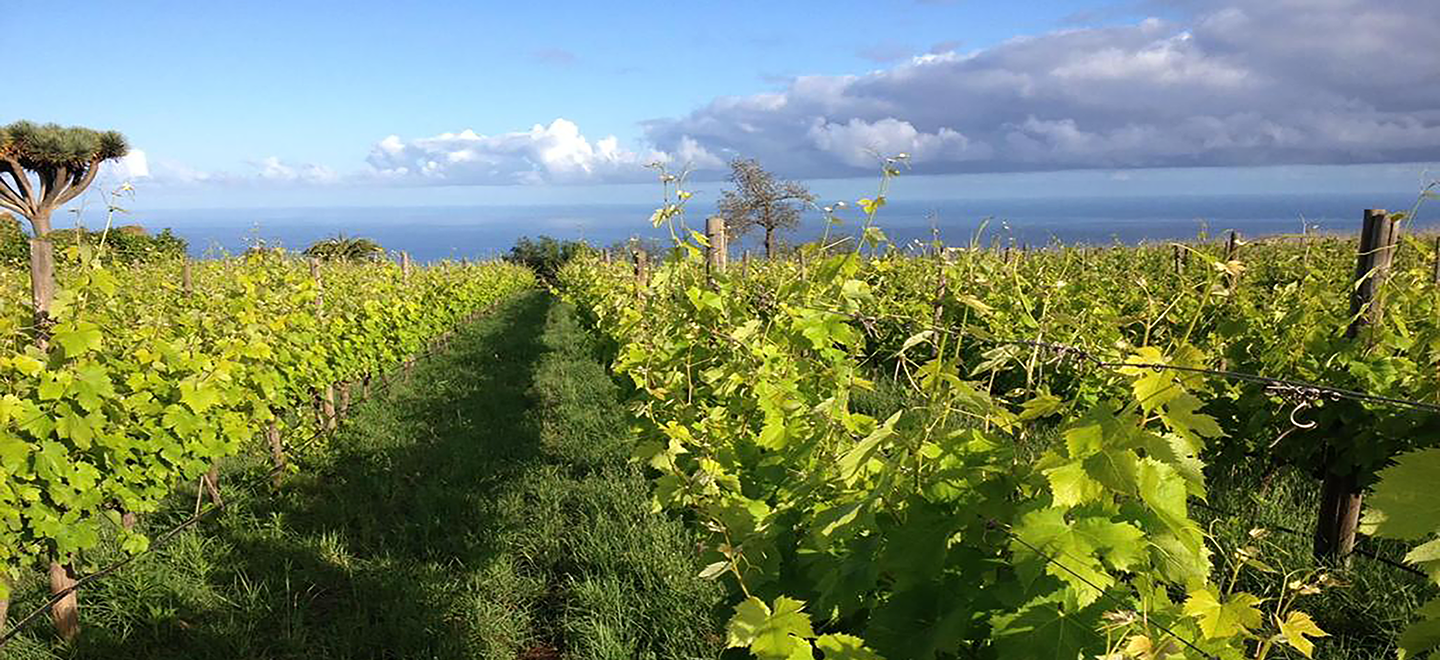 Region:
Region: -
Description:
I have not been to Siena during the famed il Palio, during which the townspeople dress in the colorful garb and emblems of their respective contrade, culminating in a breakneck horse race around a dangerously small rectangular track set up in Piazza del Campo. But I have been to Siena on other random, non-holiday days, and I can tell you that the Senesi don’t need much of an excuse to dress up and act all medieval. Of course, the town itself is beautifully and permanently stuck in another time. There seems to always be a church bell clanging, a wood stove smoldering, and a warm brick-orange light bouncing off stone structures.
This is the lens through which I view Torre alle Tolfe, located just outside of Siena, a mere 3km from the Piazza del Campo. There are documents proving the existence of grapevines here back to at least 1316. As I write this, Torre alle Tolfe is harvesting its 2021 vintage. It is a place steeped in history but also brimming with current creative energy.
It was first mentioned in the year 785, when Charlemagne sent a French knight named Tolfo dei Gricci to the area with the task of building a lookout tower (the Torre). From Tolfo’s name, the area came to be known as Le Tolfe. It seems his tower was badly damaged in the wars between Florence and Siena. The estate became a feudal farming enclave, with sharecropping families living there and working the land well into the 20th century.Mario Castelli and his wife Lunella Morfini bought the land in 1953 and began restoring its structures, including Tolfo’s tower. In 1974, they made their first commercial wine sale. Today, it is owned and lovingly operated by their granddaughter, Mania Castelli. The entire 100-hectare property is run as a certified organic farm, with 13ha of vines planted between 1993 and 2014, 15ha of olive trees, and 20ha of fields for mixed grains. The remainder is woods and the nucleus of historic buildings, which includes a B&B with farmhouse apartments.
Mania found a great winemaker in Giacomo Mastretta. His first vintage at Le Tolfe was 2018. I know Giacomo from a while back, when he was at the helm the La Porta di Vertine, an now-defunct estate in Gaiole (Chianti Classico) whose absentee owners sold. His wines at La Porta di Vertine were startling in their intensity and structure, reflective of high altitudes and high alberese soil content. He was a daredevil with macerations and exposure to oxygen.
At Torre alle Tolfe, the wines are naturally more juicy and supple, coming from altitudes of around 320m on young, sandy soils from the Pliocene era, rich in oyster fossils. The terroir is very similar to Castelnuovo Berardenga, the southern part of Chianti Classico, which is about 17km east. Giacomo is right to point out that a gentler and quicker approach was needed at Le Tolfe, compared to the past in Gaiole —“I am not a copy and paste winemaker.”
He also has cleverly made the two Chianti Colli Senesi wines from 100% Sangiovese. This leaves the “the blending grapes”—Canaiolo, Ciliegiolo, and Colorino—to be vinified and released on their own, a rare chance to taste them in purezza. All fermentations at the winery are spontaneous in glass-lined cement. Aging also occurs in cement, though occasionally chestnut botti or used French tonneaux make appearances.We welcome Torre alle Tolfe to Bowler’s stable (il Palio pun intended)!
-Kevin Russell, Italy Portfolio Manager
Image: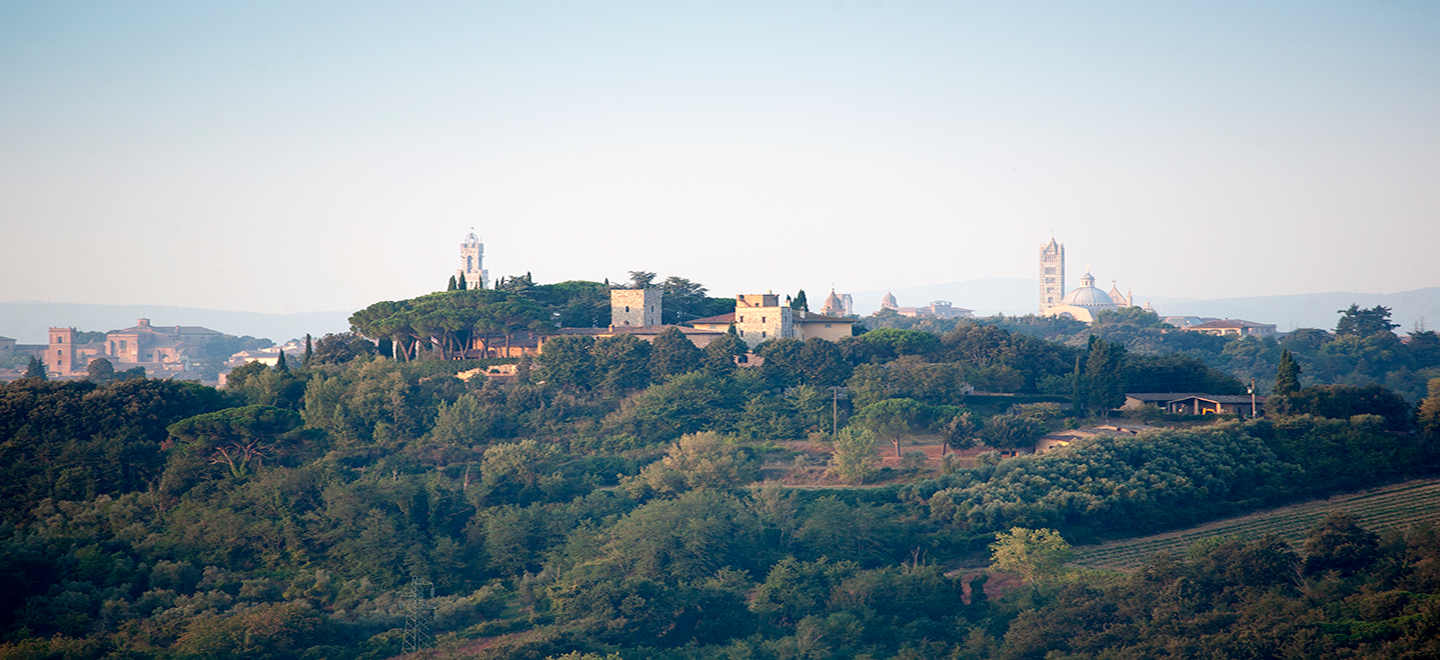 Region:
Region: -
Description:
The magnificent Bandol appellation borders the Mediterranean Sea and is known for its powerful reds and structured, elegant rosés. Half a mile inland on a hillside near a tiny village called Le Castellet, Domaine de la Tour du Bon is quietly making some of the best wines that the appellation has to offer.
Tour du Bon was owned by the Mauric family previously and it was a polyculture farm with pigs, bees, vines, olives, and figs. 1955 was the first vintage bottled under the Tour du Bon label. It shows the distinctive forest in the center of the vineyard and it inspired today’s label.
Agnès Henry is the current winemaker and owner of Domaine de la Tour du Bon. She was born and raised in Paris. Her parents fell in love with Domaine de la Tour du Bon and bought the estate in 1968. There were some vines planted, but they spent the next two years digging into the rocky earth and planting more vines. In the late 1980’s, her family was considering selling the property and in 1990, Agnes decided that she would move south, into the house that had been her family vacation home her whole life.
The landscape is idyllic; the house and winery are on the top of a hill with a birds-eye view to the Mediterranean Sea, visible in the distance on a clear day. Seventeen hectares surround the winery, of which 12 hectares are planted to vines. There are still patches of untouched pine forest and trees and natural brush surrounding the vines. The terroir here is a clay-limestone mix with a red subsoil. With abundant sunshine and very little rain, this is the hottest area in the appellation.
In her 30 plus years of making wine, Agnes has embraced organic agriculture and she has worked with biodynamic treatments since 2018. Agnes likes the fact that she is secluded on the top of the hill. It allows her to truly be in touch with nature and to shut out the noise of everyday life. In the cellar, she named her foudres after philosophers and writers – Baudelaire, Rimbaud, and others. Her aim is to produce wines that have all of the power of Bandol, but with plenty of finesse, and pure, elegant fruit, built to evolve and age in the bottle. The grapes naturally have power, tannins, and grip, but Agnes believes that by focusing on fruit, the result is a singular expression of Bandol and her unique terroir– wines that are pure and without artifice.
Fermentations take place in open top cement vats and normally last about three weeks; she pumps over occasionally to get oxygen to the yeasts. Following Bandol’s requirements, the reds are aged in wood (a mix of foudres and barrels) for a minimum of eighteen months. The wines are not fined or filtered. Domaine de la Tour du Bon wines are traditional and unmanipulated, offering a pure and unique expression of Bandol.
Visit the site at www.tourdubon.com
Image: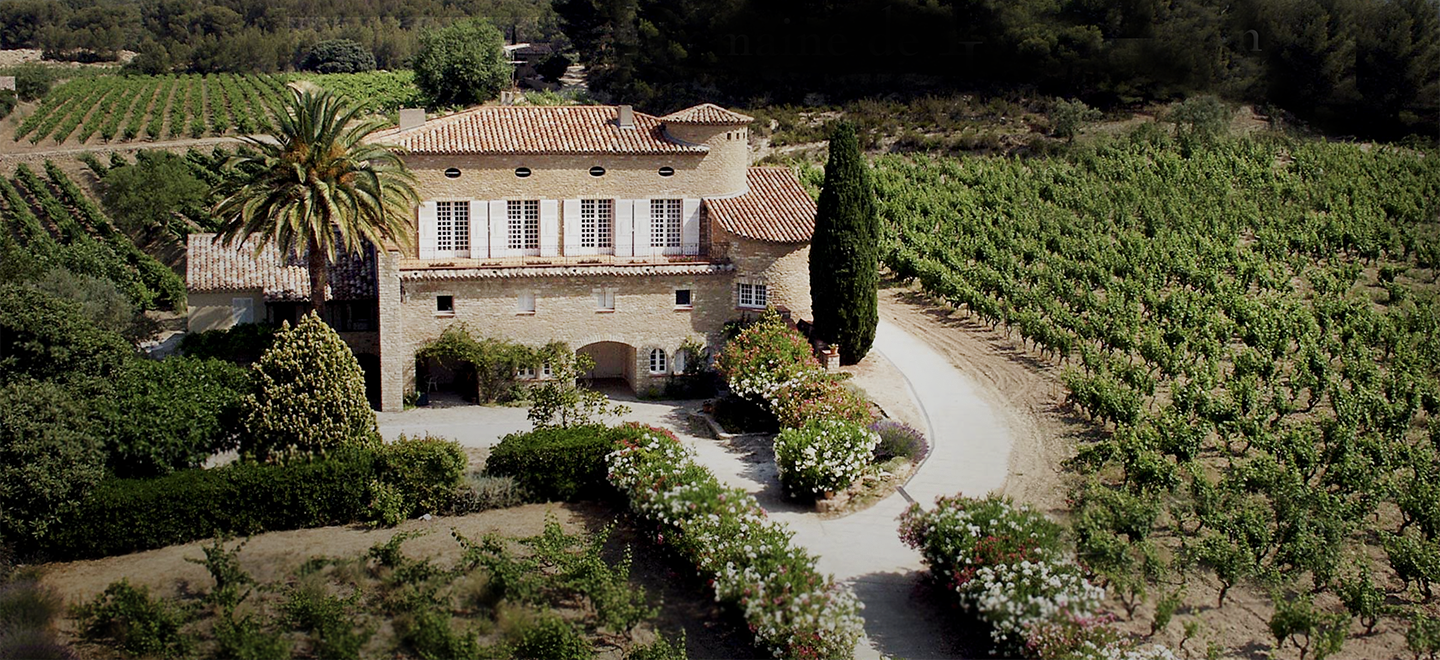 Region:
Region: -
Description:
It's here! TreCase--Three Houses--comes from the province of Treviso, just east of Conegliano, the heart of the Prosecco DOC zone. The fruit comes from two family-owned wineries we have partnered with for this special project. It took us years and countless blind tastings, but we finally found the everyday Prosecco we have been dreaming of, one that meets Bowler's uncompromising standards of quality, typicity, and enjoyment.
Image: Region:
Region: -
Description:
Thank you to importer Louis/Dressner for this profile of Clos du Tue-Boeuf:
(Click here for Louis/Dressner's Tue-Boeuf entry on their website)
Since the Middle Ages, there have been records about the lieu-dit “le Tue-Boeuf” and its excellent wines which were enjoyed by the local nobility and the kings of France; the family name Puzelat is mentioned in 15th century documents. History, though, is not the story here. It’s about two brothers, Jean-Marie and Thierry Puzelat, who tend their 10-hectare family estate in Les Montils (part of the Cheverny AOC) and rent four hectares in a village nearby to produce AOC Touraine.
The region, near the hunting grounds of Sologne, has always used a wide variety of grapes. Since the 60’s, the Puzelats' father had been making his own selections of vines to replant, leaving his sons with vines of Sauvignon Blanc, Chenin Blanc, Chardonnay, Pinot Gris (since ripped out), Menu Pineau (or Orbois), Pinot Noir, Gamay, Cabernet Franc and Côt (or Malbec). A visit to their cellar feels like a tour de France of varietals, each wine with its distinct personality, lovely label and wonderful name. Some cuvées are so small that there is never enough to go around.
Jean-Marie was joined on the estate by his younger brother Thierry in the early 90’s and they began converting their vines to organic viticulture. When the Cheverny AOC was created with the 1993 vintage, some varietals became outlawed from the blends, and the brothers started a yearly struggle to get their wines accepted under the new appellation (it bears to mention that they were also in their earliest stages of experimenting with sulfur free winemaking).
While firm believers in the AOC system, this began a trend of the brothers selling some of their wines as declassified Vin de Pays (now Vin de France). For us, it was one of the first examples of customers knowing and trusting the estate's work methods over the appellation itself. And while we cannot claim the Puzelats were the first to do this, it clearly served as a monumental influence in the world of natural wine, setting an example for those having problems or feeling stifled by their appellations' criteria.
Speaking of natural wine, Clos du Tue-Boeuf, along with Marcel Richaud, Dard and Ribo, Yvon Metras and a handful of others were at the heart of the nascent movement in mid-90's Paris. They are undoubtedly the impetus for spreading this philosophy in the Loire, which remains a hotbed of the style to this day. As Hervé Villemade, himself part of the the second wave of natural winemakers in the late 90's, puts it: "What really made me start to believe I could make wines in this style were Thierry Puzelat's. Marcel Lapierre's were the spark, but he lived 450 kilometers away from me and was working with very different terroirs; having a neighbor pull it off right next door was the inspiration and motivation to follow in his footsteps."
Image: Region:
Region: